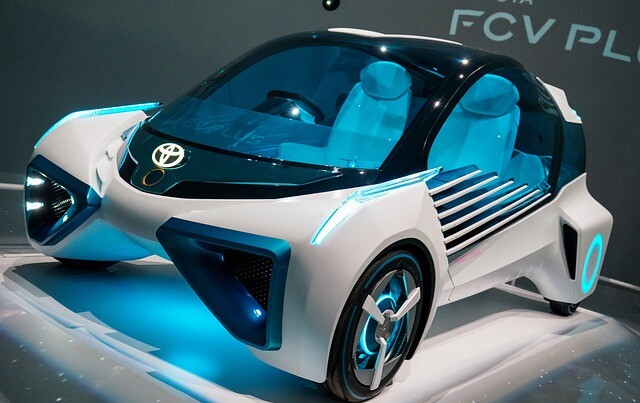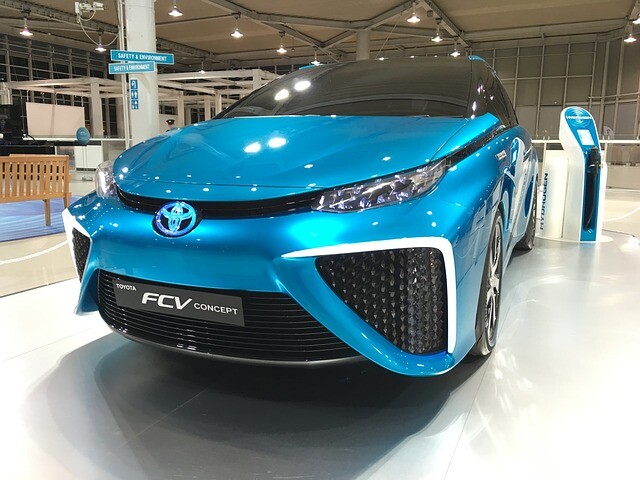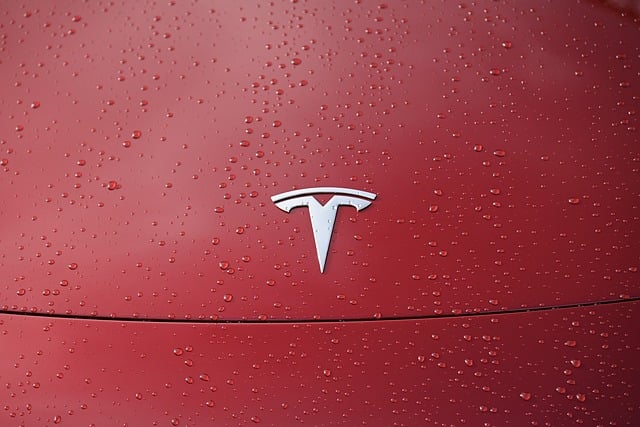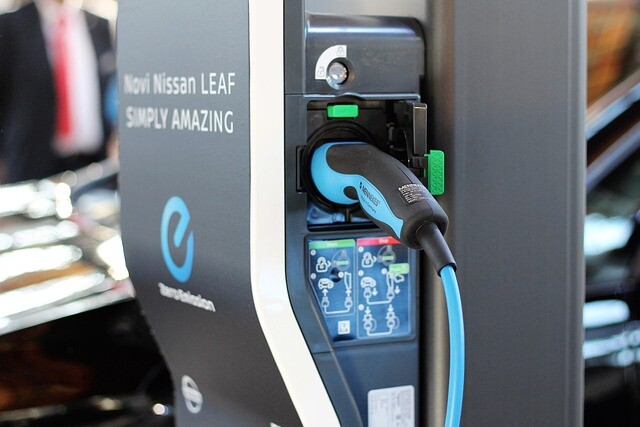Hydrogen from sea - video
It can revolutionize the fuel cell vehicle market and, in general, the concept of hydrogen-based sustainable society by discovering American researchers: scientists have discovered how to produce high-energy gas in a sustainable way from sea water.
Three quarters of the universe is made up of hydrogen, but there is much less on our planet than the lightest known element, which is a pity because it could open a new era of emissions-free transport as an excellent energy source.
However, there are other problems: while 11 percent of the 1.4 trillion liters of water on our planet are hydrogen, only 3 percent of this water is fresh water, and the rest is not suitable for hydrogen production: chemical processes take place on the electrodes that are short the device will be destroyed in time.
American university researchers have now found a clever solution to this problem. Stanford's three researchers (Hongjie Dai, JG Jackson, and CJ Wood Professors) have coated the anode with a negatively charged layer to repel the chloride ions. Nickel foam core was coated with nickel sulfide, on which nickel iron hydroxide was deposited on it. The nickel foam serves as a conductor, and nickel-iron hydroxide initiates electrolysis, whereby water is decomposed to hydrogen and oxygen, and nickel sulphide forms a negatively charged bark that protects the anode.
In the experimental series, the conventional electrode was so corroded in the sea water after 12 hours that the electrolysis process stopped, but the newly developed coated anode remained operational for more than a thousand hours. In addition, the process has been able to decompose sea water ten times higher than before, so the process can produce more hydrogen over a given period of time - the efficiency is practically the same as that of the currently used purified freshwater.
The procedure was not only carried out in laboratory conditions, it also operated with simple school equipment, from seawater drawn from the San Francisco Bay. Researchers say that companies are now in the process of implementing the process on an industrial scale, but scientists are optimistic: they believe that the equipment that currently uses purified water can be quickly and efficiently replaced by the replacement of some parts of the sea.
(Source: vezess.hu / photo: pixabay.com)




















